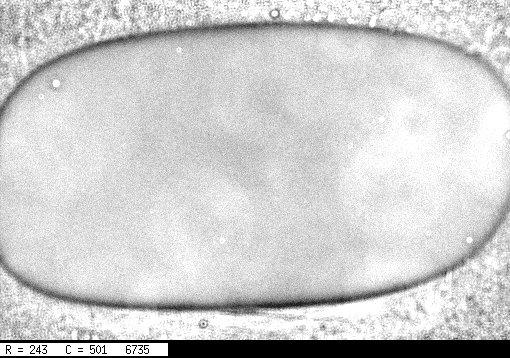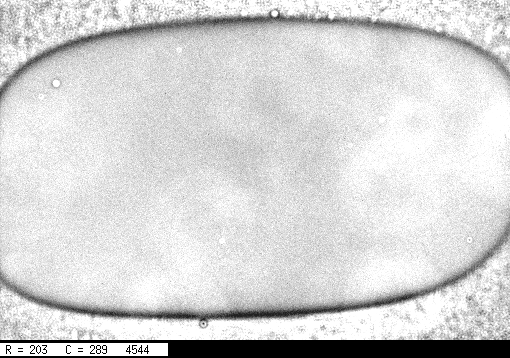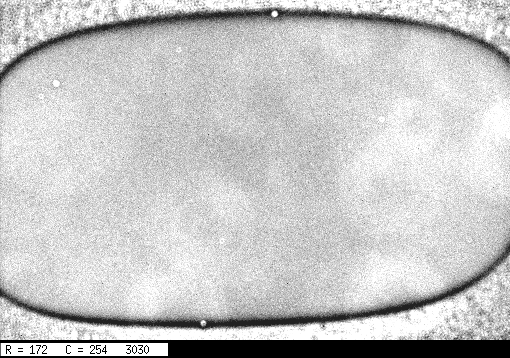
Update: Sep 10, 2001.
As many people suggested, the problem was moisture condensing
on either the dewar window, or the CCD chip itself.
I replaced the dessicant in a small plug within the camera,
and also in the storage case in which the camera sits
when not on the telescope.
That fixed the problem.
Thanks for all the help!
Update: Sep 29, 2008.
One of the images was duplicated -- I replaced the
duplicate with the proper image.
Thanks to Wolfgang Renz.
Some of you may recall my plea a couple of months ago for help in identifying the source of a strange giant donut in twilight sky flatfield frames. A number of people wrote in with the correct solution: the f/6.3 focal reducer had a bad internal reflection and was creating an image of the teleescope's aperture at the image plane. I solved that problem by removing the focal reducer.
Well, there's a new wierd feature of our flatfields, and once again, I ask for your help. The particulars of our system:
I've noticed over the past few months that when I start taking twilight sky flats (about 15 minutes after sunset), I see the strange pattern of "nasty pebbly skin" around the edges of the image shown below. NB: But sometimes (always?), the very first image of the night does NOT show this pattern
As the sky darkens, the nasty stuff recedes towards the edges of the field, and finally disappears when the sky levels are about five times fully dark values. This sequence of images in V-band may show the effect. I've modified the contrast in each image so that the mean greylevel is about the same -- but the actual background levels drop steadily.
V-band flatfield, 1-second, time 00:12:11 UT. Mean value 9340 ADU.

V-band flatfield, 1-second, time 00:13:48 UT. Mean value 6700 ADU.

V-band flatfield, 1-second, time 00:15:42 UT. Mean value 4500 ADU.

V-band flatfield, 1-second, time 00:17:46 UT. Mean value 3000 ADU.

At first, I thought this was due to light scattering off the insides of the baffles and slide tubes, but now I'm not so sure. The fact that (at least sometimes) the very first image taken does NOT show this pattern would argue against it.
If you know what's going on, or have suggestions for tests I might make, please send me E-mail at mwrsps@rit.edu. Thanks very much in advance!